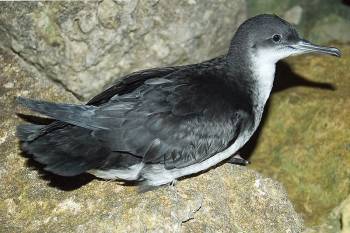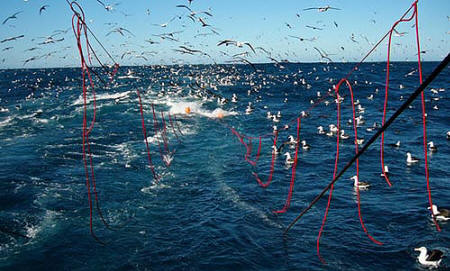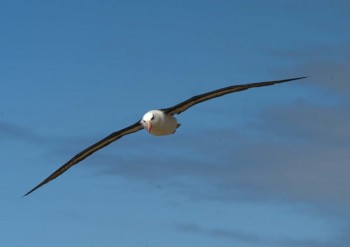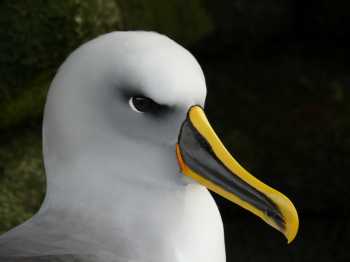Hsiang-Wen Huang (National Taiwan Ocean University, Institute of Marine Affairs and Resource Management, Keelung, Taiwan) has written in the journal Fisheries Research on seabirds, including ACAP-listed albatrosses and petrels, killed by Taiwanese longliners in the Pacific.
The paper’s abstract follows:
“To understand the sea turtle and seabird bycatch of Taiwanese tuna longline fleets for conservation purposes, this research analyzed the data collected by onboard observers between 2008 and 2013. In total, data from 149 trips and 24.3 million hooks were analyzed, including 50 albacore large-scale tuna longline vessel (LTLVs) trips, 72 bigeye LTLVs trips, and 27 small-scale tuna longline vessel (STLVs) trips. Seabird bycatch was mostly from the albacore LTLVs. The highest bycatch rate was 0.320 bird per thousand hooks in the southwest Pacific Ocean in the first quarter, followed by the same area in the second quarter (0.046 bird per thousand hooks) by the albacore LTLVs. For seabird bycatch species, 81.7% were albatrosses, including wandering albatross (Diomedea exulans), Laysan albatross (Phoebastria immutabilis), white-capped albatross (Thalassarche steadi), black-footed albatross (Phoebastria nigripes), and black-browed albatrosses (Diomedea melanophris); other seabird species included white-chinned petrel (Procellaria aequinoctialis), flesh-footed shearwater (Puffinus carneipes), frigate bird and booby. Regarding sea turtles, the bycatch rate peaked in the second quarter in the western tropical Pacific Ocean by STLVs (0.034 turtle per thousand hooks), followed by albacore LTLVs (0.028 turtle per thousand hooks) during the same time period in the same region. The major bycatch species included olive ridley (Lepidochelys olivacea), followed by green (Chelonia mydas), and leatherback (Dermochelys coriacea). Observer training for seabird species identification and detailed information collection for mitigation measures should be implemented to ensure better data quality. This will help implement mitigation measures in areas and fisheries where a large number of birds are taken as bycatch.”
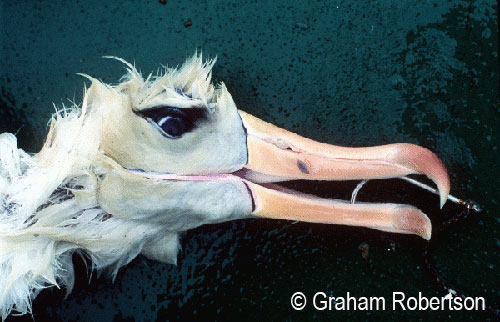
Black-browed Albatross killed on longline hook, photograph by Graham Robertson
Reference:
Huang, H.W. 2015. Incidental catch of seabirds and sea turtles by Taiwanese longline fleets in the Pacific Ocean. Fisheries Research 170: 79-189.
John Cooper, ACAP Information Officer, 21 July 2015

 English
English  Français
Français  Español
Español 